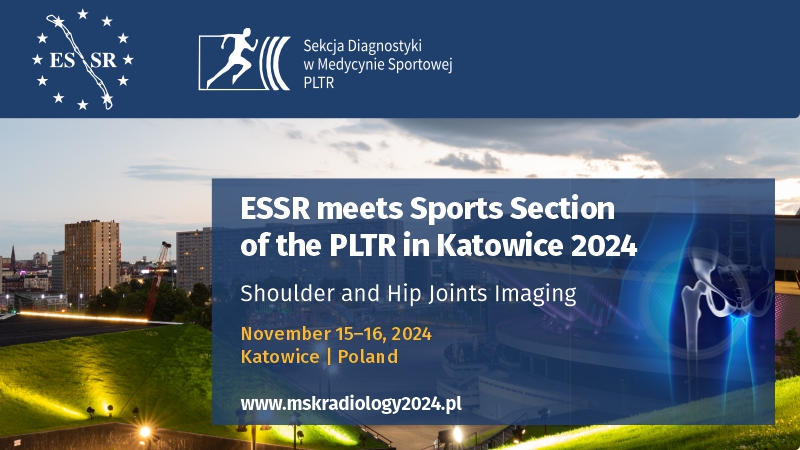Recommendations regarding imaging of the central nervous system in fetuses and neonates
Ewa Helwich1, Monika Bekiesińska-Figatowska2, Renata Bokiniec3
 Affiliation and address for correspondence
Affiliation and address for correspondenceAn abnormal presentation of the central nervous system in a fetus during a screening examination is an indication for extended diagnosis, the aim of which is to explain the character of such an anomaly (a congenital defect, destructive effect of intrauterine infection or abnormality with reasons that are difficult to explain). Knowledge of normal development sequence of the fetal brain, which is discussed in this paper, is the basis for correct interpretation of imaging findings. Together with the increase in survival of preterm neonates, a high risk of early brain damage is still a problem in this extremely immature population. Therefore, imaging examinations become necessary. The paper presents intrauterine and postnatal risk factors of early brain damage as well as classification of such lesions, of hemorrhagic and hypoxic-ischemic etiology. The diagnosis of the cerebellum damage, which is currently believed to be a significant cause of autism, is emphasized. The evolution of lesions over time is also presented. Moreover, the elements of diagnosis important for prognosis are stressed. The standards of imaging examinations of the central nervous system include the schedule of ultrasound examinations and provide indications for extended diagnosis with the use of magnetic resonance imaging.








